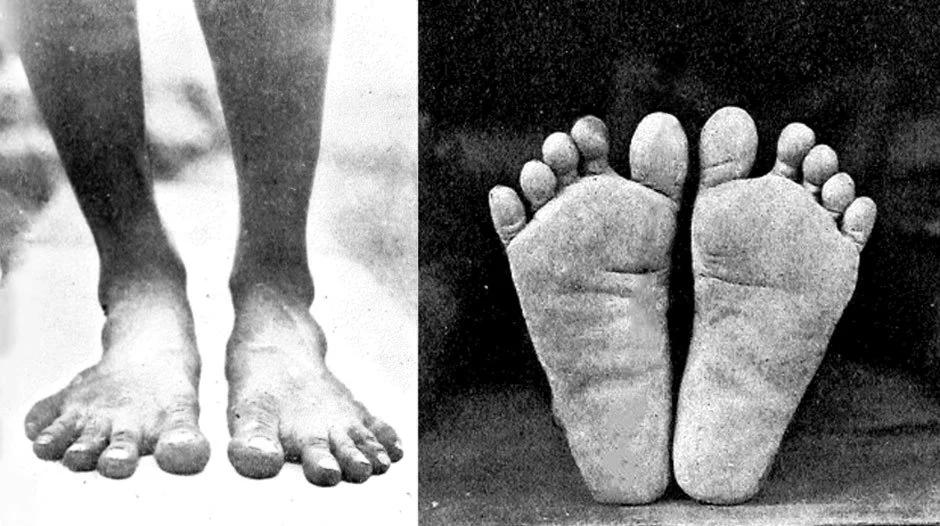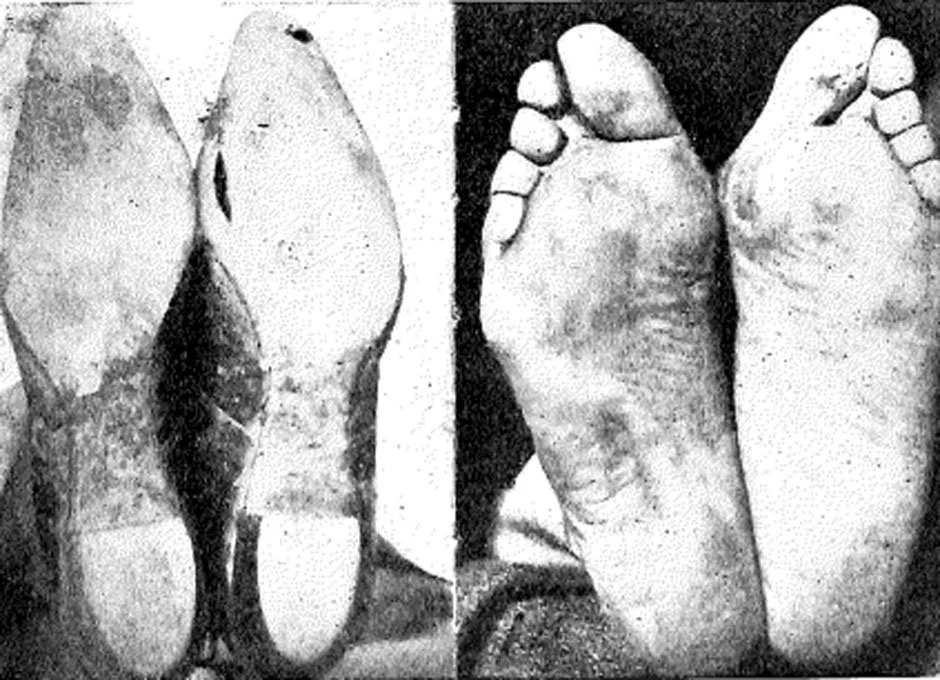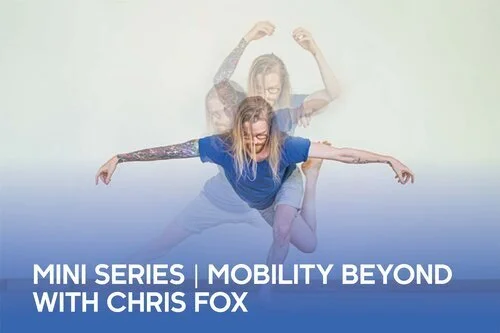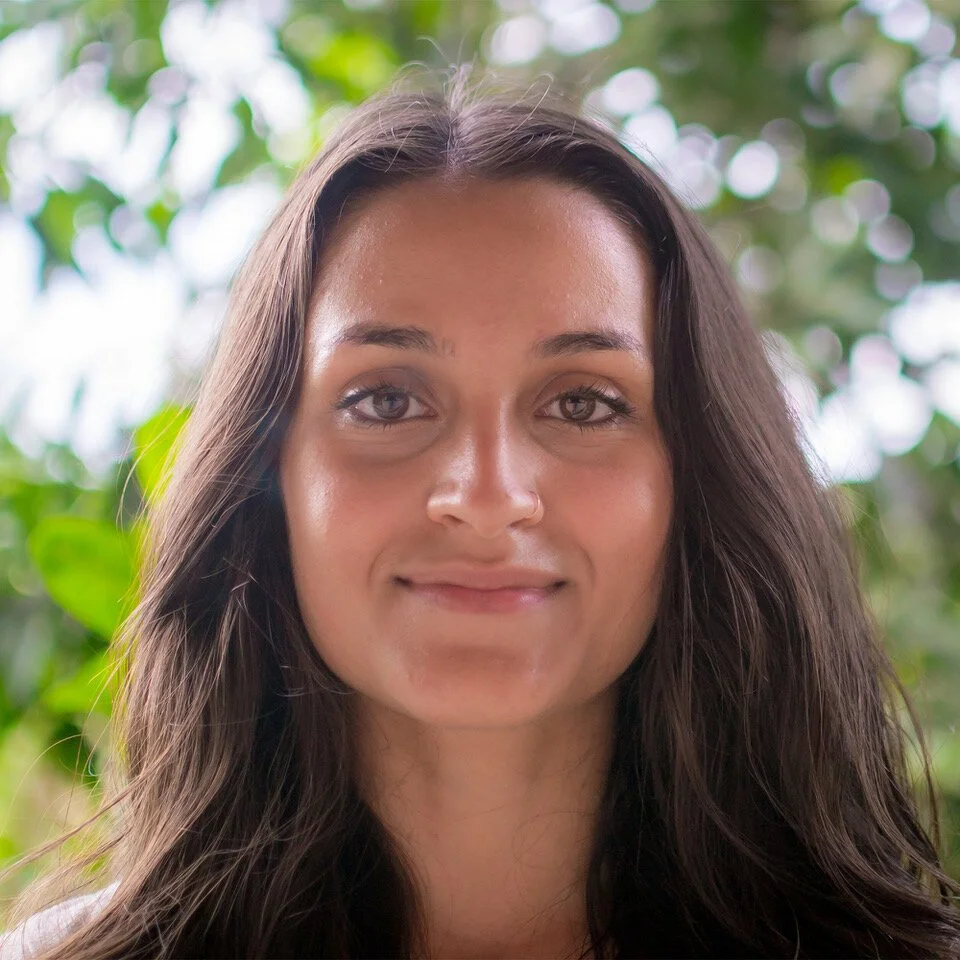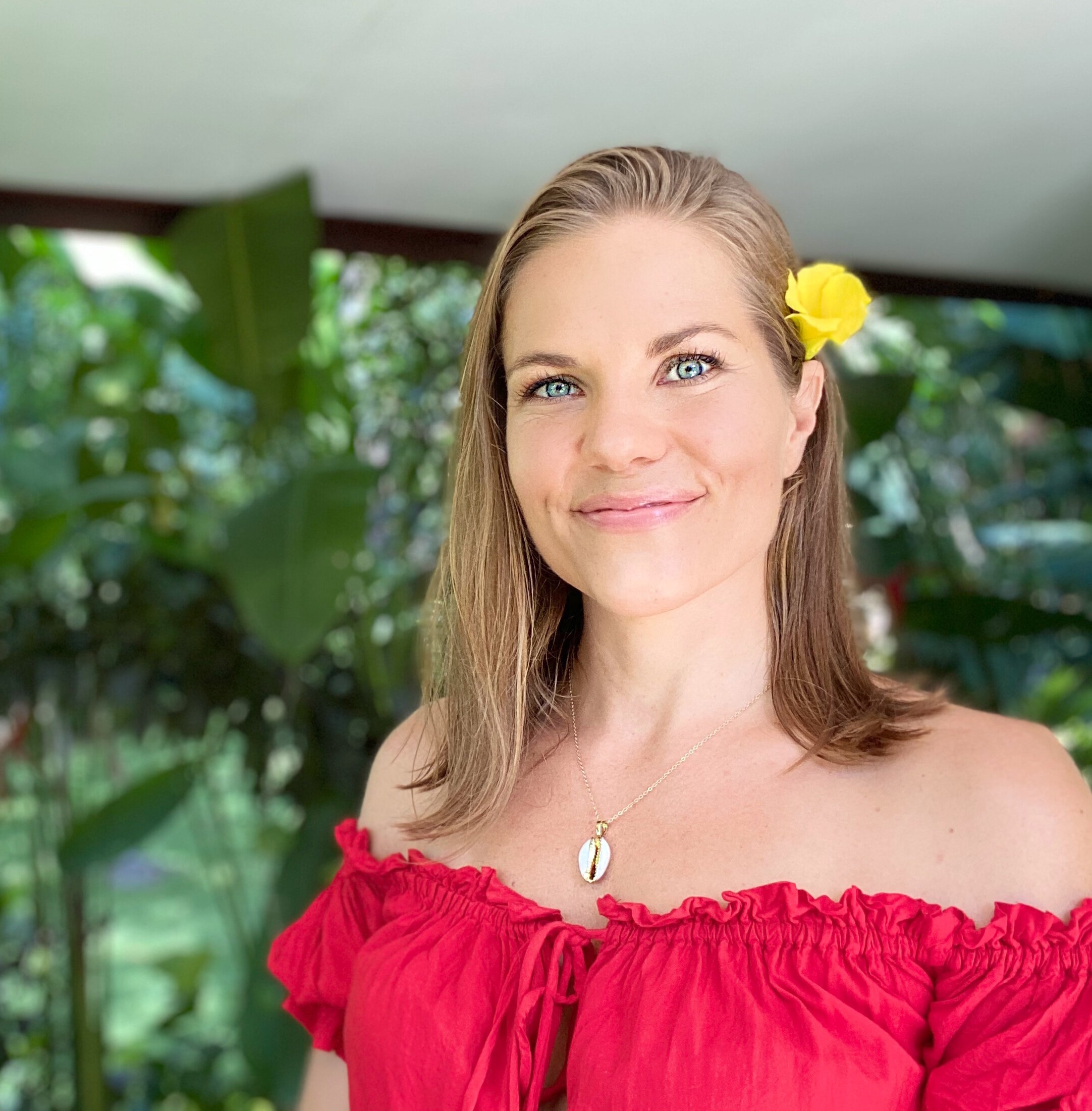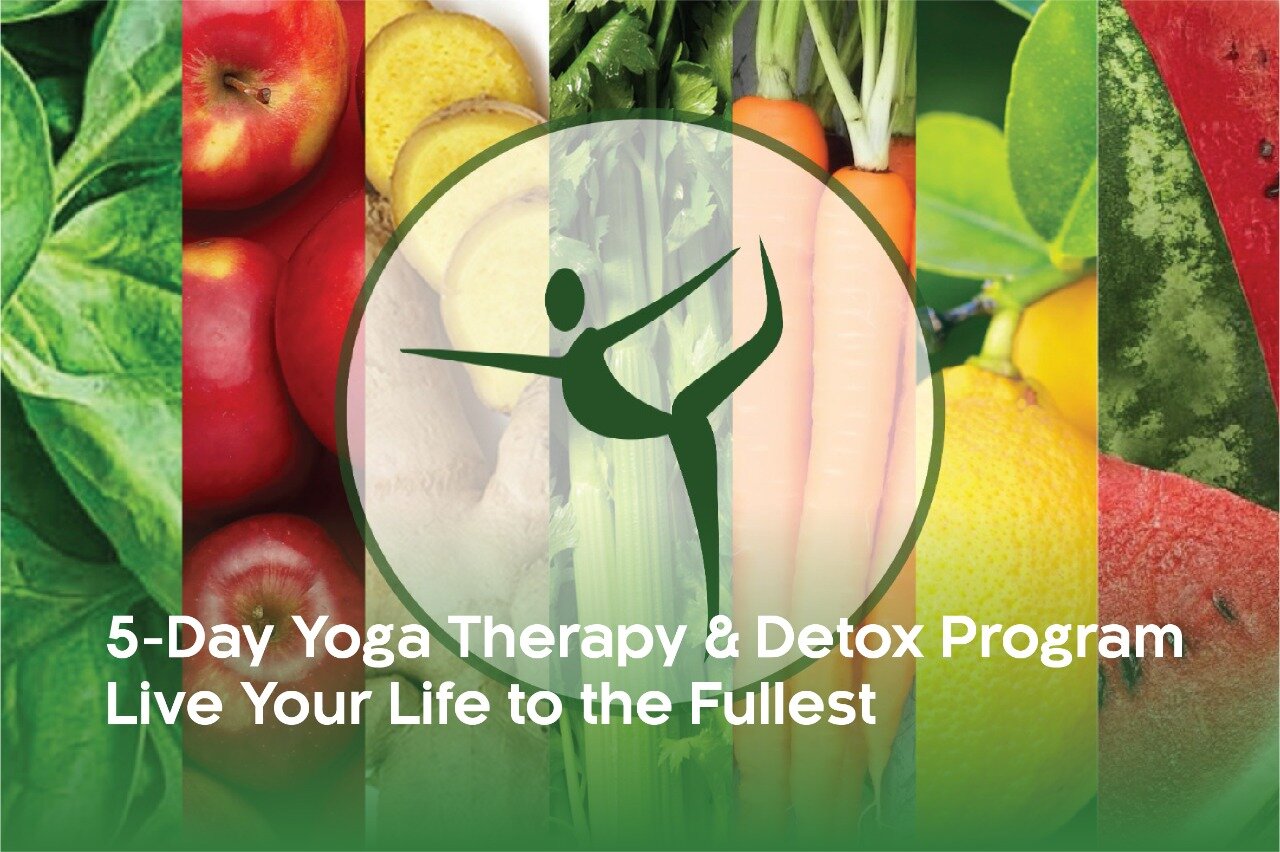Free Your Feet - A Yearning of Balance
I have a strange but important question for you - how well do you know your feet?
Our relationship to our feet is wildly important, I can’t stress it enough. And hopefully by the end of this article you will look at your feet differently and become more curious about how much more connected you can feel with some simple things that you can do on a daily basis.
First of all, I want to give you some food for thought. What if using shoes all the time (walking, dancing, running, jumping, playing) is an equivalent of texting on a smart phone with mittens on? Curious, right?
Your feet are incredible, and they are strong, they are the first point of connection to the ground, and they communicate so intelligently with the rest of your body. And so when we cover them up with shoes that are - most often - tight, cram our toes together, soft and padded especially for the sole - we lose a lot of connection to our feet and their use. In the long run, this can cause problems that are easily avoided by simply wearing shoes less often - or at least trade them for minimalist shoes.
So here are some cool things you can do to gain a stronger connection to your feet and toes that will help your body become way smarter!
Wiggle your toes! Both freely but also with control. Can you lift only your big toe up high while standing or sitting down? Give it a try right now. Be patient with yourself, and keep trying. Even if it’s easy, keep doing it every day, maybe for just a few seconds here and there.
Rotate your ankles in a large circle (also known as CARs - Controlled Articular Rotations) and the more you exaggerate the circle, the more tensile strength you are using and thus stimulating your ankle to grow stronger and gain more range of motion.
Walk barefoot on various surfaces. Try both soft and rough environments, but take it slow. Resilience and sensitivity builds up with time. A great addition is to use a ball, the more dense it is, the more intense it gets, so start with a soft ball and work your way up. Self-massaging the connective tissue under your foot in a slow and soft way is great to feel more spacious, and it works both as a warm-up and a cool-down.
Sit kneeling with your toes tucked! This can get intense, so let it take time. Start with a few seconds every day, close down your eyes and take soft breaths. Let this position become comfortable, your toes will thank you for it!
Squat a lot! Get close to the ground, get that ankle mobility, move around in a squat. Doesn’t matter if your heels lift, or if you need to put your hands down for support, the more you play with shapes closer to the floor, your body will slowly but surely adapt to get more comfortable here.
Setting The Sails. This concept is great for a deeper connection from your feet all the way up along your body. Stand with your feet hip width apart, turn your toes in slightly, now soften your knees and let your knees gently go wider, notice how the inner arch of your foot lifts - the weight is on the pinky moon of your foot now - and softly anchor your sitting bones back. This might feel strange in the beginning, but after some time, even walking will have you gravitate towards weight on the pinky moon of the feet and thus feel more springy and connected.
By doing this to begin with, there are some really great benefits that come with it!
You will feel everything more, increase awareness, balance, and sensitivity and your feet will become stronger and more resilient.
Your feet don’t need support - they are the support! They don’t need protection, they need exposure to adapt and build awareness. With 26 bones and 33 joints in your feet, making use of them just makes them better. So kick off your shoes when you go to the gym, don’t worry about the strange looks of other people, it’ll happen! Try dancing without shoes, run on grass or sand, walk in nature where there is diversity of surfaces.
Now obviously, your environment dictates how accessible it is to be barefoot, and so minimalist shoes is a great option for cold weather and city life. This will still give you more freedom for your feet to become more connected and free.
Do you look at your feet differently now? I hope so! Try these things out for a few weeks and if you need any support feel free to contact me, I am here to help. Let’s make your body smarter!
About the Author
Chris Fox is a mobility specialist and movement coach focusing on joint health, body awareness, and how to reduce pain with active bodywork. With the Fox Method, he helps people to get a stronger connection to their body, by isolating joint awareness, activating body control, and integrating healthier movement habits.
If you want to work on your mobility and stability, increase more body awareness and reduce pain to feel more light and alive, you can contact Chris for a session: thisischrisfox@gmail.com
Other topics that could interest you:



